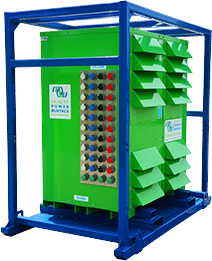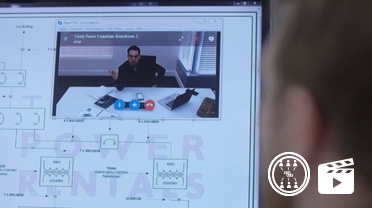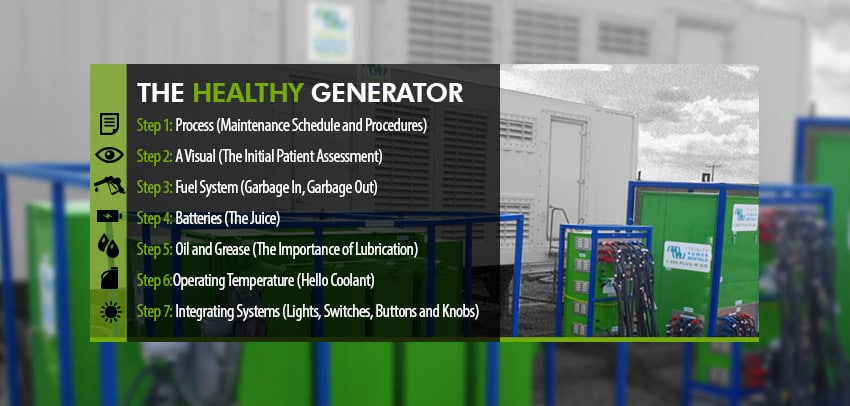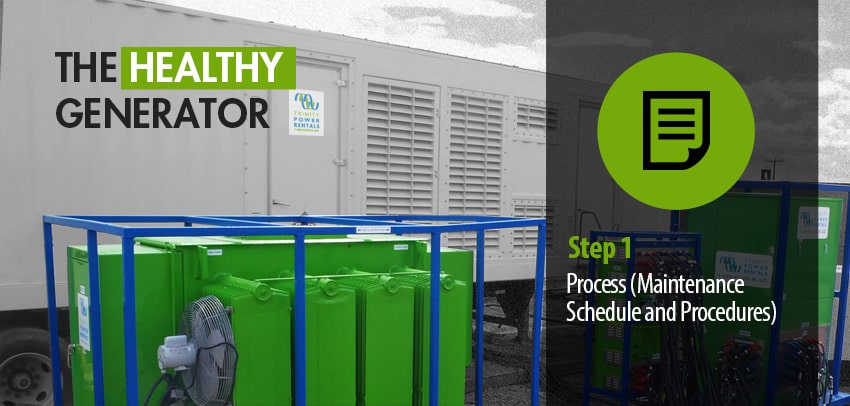- OUR APPROACH
-
COMMITTED TO YOUR SUCCESS
Our approach, developed over decades of experience, is fine-tuned to get the results you want.
We deliver concept-to-completion solutions, designed by temporary power specialists with access to the largest inventory of high-quality power generation and distribution equipment in North America.
-
- Equipment
-
RENTALS
From a wide range of diesel and natural gas generators to transformers, cable, light towers and more, our large rental fleet and extensive vendor network ensure we’ll have the temporary power equipment that your project requires — every time.

-
- Industries
-
INDUSTRIES WE SERVE
For nearly 20 years, we have been at work powering projects across Canada’s industrial sectors.
Select from this sampling of industries to learn how we can put our expertise to work for you.
VIEW ALL- Projects
- About
-
A PROUD HISTORY. A BRIGHT FUTURE.
From our inception in 1998, we have been building our team on a foundation of excellence. Our team members’ passion, expertise and commitment are what have allowed us to grow into a national company with projects across Canada.
Click on the links to learn more about our history, our team or our career opportunities.
- Blog
- Contact
-
We all hate the obvious. The simple. The easy. The blatant answer that practically screams with flashing lights and a howling siren.
“Naww, that can’t be it,” you hear yourself say, “it’s gotta be something else.”
And so you break out your tool kit and go to work. You ignore everything about the obvious answer in the hopes it isn’t an elaborate hoax for a more complex issue. But, no matter what you do, you keep getting turned back to the big, simple problem. Exhausting all other possibility, though you’ve done your due diligence, you finally conclude that the growing fountain of oil on the ground is the reason your machine doesn’t work.
Believe it or not, many small problems can and do get caught with the initial patient assessment – the visual inspection.
A visual generator inspection is not an in-depth analysis of each and every system that makes the machine function – that step comes a little later. Instead, what you’re looking for in this initial review are the signs that those systems are fully contained. You’re looking for leaks, cracks, fissures, corrosion, dampness, drips, smells, smoke, clangs and rattles – in short, anything that seems patently wrong in how a machine is functioning. In this process, approach the machine as a doctor would a patient: Observant and open-minded.
A generator will give off noises, smells and sights as signs of the state of its vitality within its chambers. Where those signs generally reveal themselves are the points of contact between systems and parts – where, say, the engine body meets the oil pan, where hoses feed engine coolant, or where wires connect to battery terminals.
1. These are the most common points where problems arise due to the nature of transition from one material to another: generally from metal to rubber or metal to cork or plastic to copper. When everything is properly contained the outside of the engine is clean. There are no liquids escaping from where they belong, there’s no corrosion on the battery terminals, and no coolant escaping from around a hose clamp.
2. The next targets to consider in your visual inspection are those parts requiring flexibility to operate as they should, such as hoses and belts. Their inherent flex allows them to reach into the small nooks and crannies where they deliver coolant or drive other systems. But with that flex comes vulnerability to elements both without and within. Thin-walled hoses transport coolant, hot and under pressure, to regulate the internal temperature of a motor, and belts whip around at rotations thousands of times per minute. The friction and force created in such operations will, eventually, cause the material to elongate and begin to break down.
3. And finally, consider those points where the liquids are dispensed into the machine, including bendable metal hoses from diesel tank to carburetor. Or where the smooth lines of a tank are extended to spouts, and finally to a connection with a different material. These access points are the best places to look for a potential hazard.
As you can tell, a visual inspection is much more than taking a glance at a machine. It is keeping an open mind to the obvious. It is learning to interpret the sensory information a machine can provide – sight, sound and smell – to understand how well the machine is functioning.
In the next post we’ll roll up our sleeves and dig into the more important functions of generator maintenance: the Generator Fuel System.
Related Articles
Subscribe for access to exclusive content
















